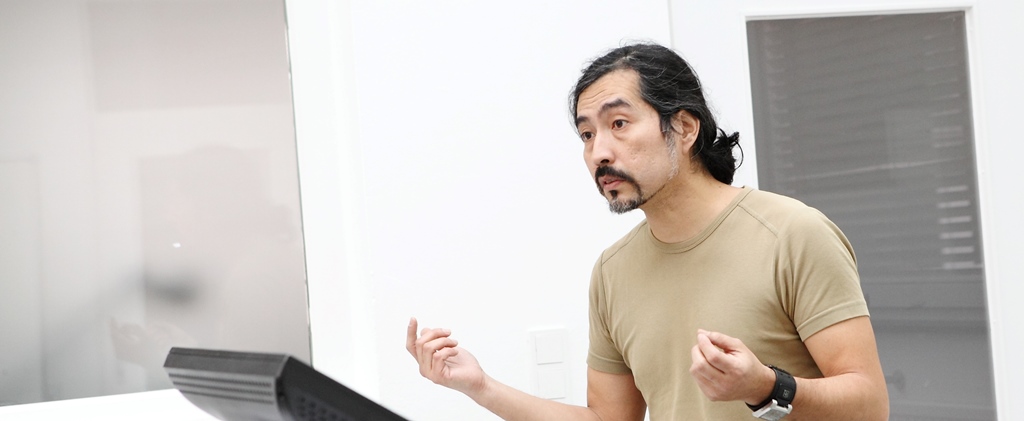Furtive, Quiet and Loud
Art and communication practices to deconstruct social codes in the realm of media activism
What happens when the perception of existing visual and symbolic vocabularies is dislocated through artistic and art mediation strategies applying methods of Appropriation Art and Guerrilla Communication? Can these displacement strategies reach an audience outside of the established art system and interact with it? Is this strategy useful for opening up a critical antiracist and feminist perspective? Can it help raise social and political awareness of marginalized minorities?
I will try to answer these questions using examples from several media activism projects that I developed over the past several years in the areas of Guerrilla Communication, Appropriation Art, and artistic intervention in public space. In this article I will discuss how we can create spaces of mediation and direct interaction with the public by using methods that aim at making more transparent the way that social codes are constructed.
In the first part, I will briefly introduce the main ideas of Appropriation Art, Guerrilla Communication, and post-autonomous art, which have fed and nurtured my own praxis. Afterward, I will outline the visibility of such practices in public and media realms in Vienna on the basis of two of my projects. Finally, I will describe how the public reacted to my art projects and to the dialogue for critical reflection of the visibility of sexual and/or ethnic minorities in Austria.*1 *(1)
Borrow, recycle, re-semanticize
In the strict sense of the word, one speaks of Appropriation Art when an artist strategically appropriates images, forms, styles, or ideas from another artistic or non-artistic source, and the result of this act of copying can (or is meant to) be perceived as a distinct, new piece of art. These borrowed elements can also be taken from art history or popular culture. In fact, the strategy of appropriation was already used in the Middle Ages in composing music as existing musical works were copied and presented with minor variations. Leonardo da Vinci also used appropriation by utilizing various sources from the fields of biology, mathematics, and engineering, and synthesizing all of these sources into his own art. In modern times, Marcel Duchamp introduced the idea of the readymade, putting a urinal on a pedestal, signed as “R. Mutt.” The urinal was neither original nor unique. However, Duchamp defended his process of selecting the urinal as a work of art and displayed it in an artistic context. He even used a copy of the Mona Lisa in his work L.H.O.O.Q. With these readymades, he wanted to involve the viewer in the production of the work of art.
In the following decades, artists have continued using appropriation as a mean to address theories and social issues. The American painter Damian Loeb, for example, uses films to analyze the difference between simulation and reality, while Cory Arcangel integrates nostalgic aspects of mass culture in his art works, such as Super Mario Clouds by re-developing old video games and computer programs. Philosophically, these practices are closely related to the conceptual strategies of deconstruction, media theory, and intertextuality. Artistic techniques, such as quotation, allusion, travesty, parody, and pastiche are generally considered features of “postmodern art,” however, they can also be found in works of Appropriation Art. Appropriation Art is likewise embedded in the traditions of art movements that actively explore the conditions and limits of art and force the system to redefine itself. There are other artists who use the appropriation method to make strong political statements in public space, such as the Chilean artist Lotty Rosenfeld. In the 1970s, she appropriated traffic signs by transforming the stripes on the roadways into crosses, in allusion to the crime of genocide of former dictator Augusto Pinochet.*2 *(2)
Hansel Sato ( 2014): Furtive, Quiet and Loud. Art and communication practices to deconstruct social codes in the realm of media activism. In: p/art/icipate – Kultur aktiv gestalten # 04 , https://www.p-art-icipate.net/furtive-quiet-and-loud/



 Artikel drucken
Artikel drucken